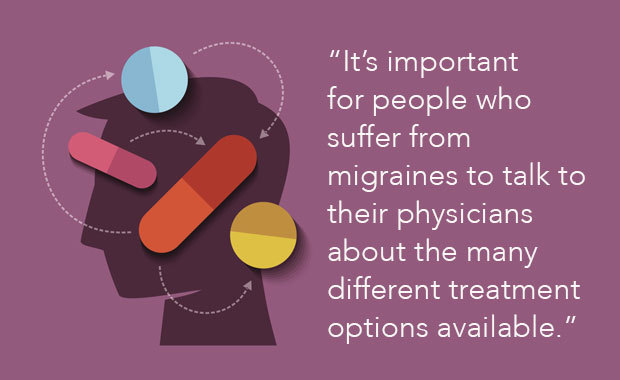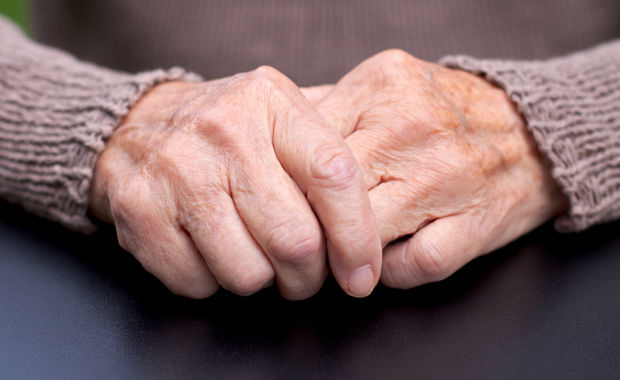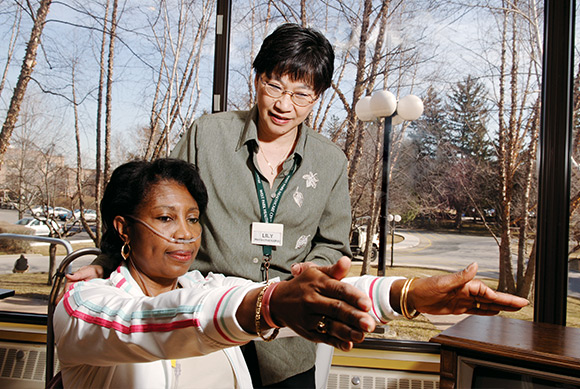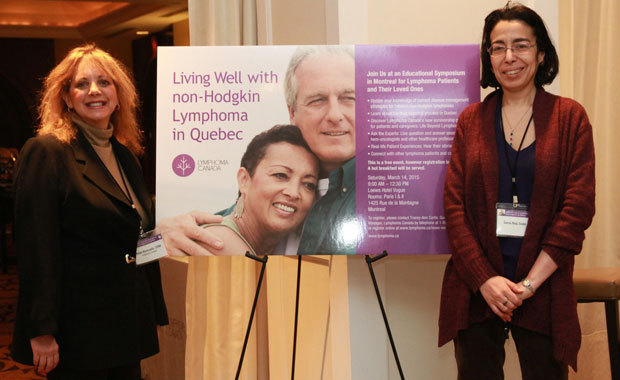Migraine Pain Relief: Finding What Works Best For You
Prevention and Treatment Migraines are not just another headache, they are a complex brain disorder that affects an estimated 4 million Canadians.

The Canadian Headache Society (CHS), under the leadership of Dr. Elizabeth Leroux, director of the Montreal University Health Center Headache Clinic, recently created a website to help the four million Canadians who suffer from migraines and their health care providers. Access to educational material on this new website could have been invaluable to Sabrina Rose, a Toronto-area woman who has been suffering from debilitating migraines most of her life.
“A migraine is a complex brain disorder. The pain can be anywhere from moderately severe to completely incapacitating. You can’t just ‘tough it out.’”
She approached a doctor about the problem as a high school student. Unfortunately, it was not until six years later that she was finally diagnosed with migraines. When there is a dramatic change in the weather, a pulsating pain starts in her temples, spreads behind her eyes, down her neck and intensifies until she is unable to tolerate light or even have a conversation. At other times, the migraine comes on suddenly and she suffers intense pain along with nausea and vomiting.
Rose, 33, tried many medications over the years. Unfortunately, few alleviated the pain and those that did were often not well tolerated. Migraines continued to take a toll on her life. Rose, who works at a bank in learning and development, recalls one migraine that came on so suddenly and forcefully she had to walk out in the middle of a training session that she was leading. Several times a year, she could do nothing but lay in bed with the blinds drawn until the pain subsided.
Not just a headache
“A migraine is not just a headache,” explains Dr. Christine Lay, director of the Centre for Headache at Women’s College Hospital, University of Toronto. “A migraine is a complex brain disorder. The pain can be anywhere from moderately severe to completely incapacitating. You can’t just ‘tough it out.’”
Rose’s life improved six months ago, when she found a medication that works — one that belongs to the group of nonsteroidal anti-inflammatories. It comes in a powder form and is mixed with water. She drinks the mixture as soon as she feels a migraine coming on and starts to feel better in 20 minutes. “The pain doesn’t go away completely but it gets to the point where it’s manageable,” she says. This treatment has given me a new lease on life.”
“Everybody responds a bit differently to migraine treatments so a trial and error process is usually necessary to find the most effective and best-tolerated option for a particular patient,” says Dr. Jonathan Gladstone, director of the Gladstone Headache Clinic in Toronto and President of the Canadian Headache Society.
“It’s important for people who suffer from migraines to talk to their physicians about the many different treatment options available.” If the headaches are inadequately controlled, referral to a neurologist may be necessary to optimize management.
Rose encourages people who suffer from crippling migraines to keep trying different treatment options until they find the one that works. “Finding the right treatment can make a world of difference,” she says, “not just in your life but in the lives of people around you.”




































